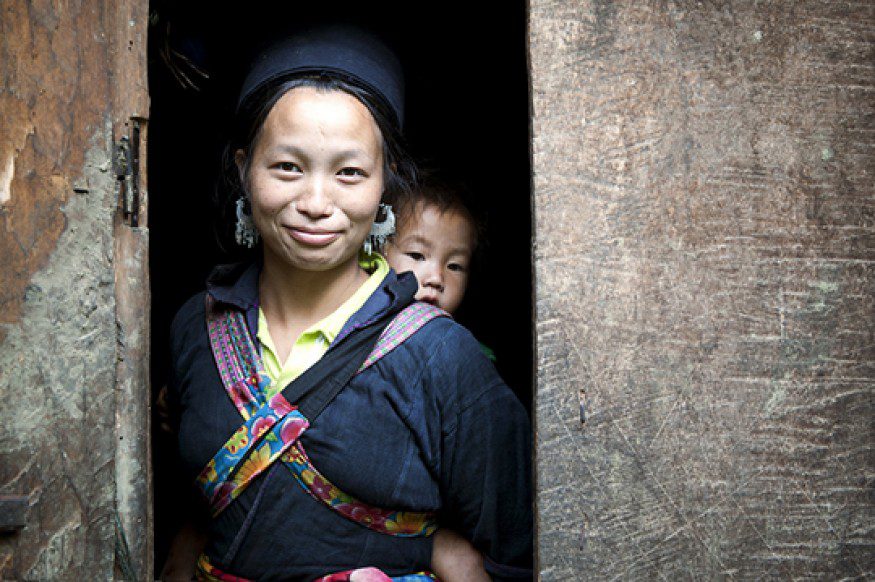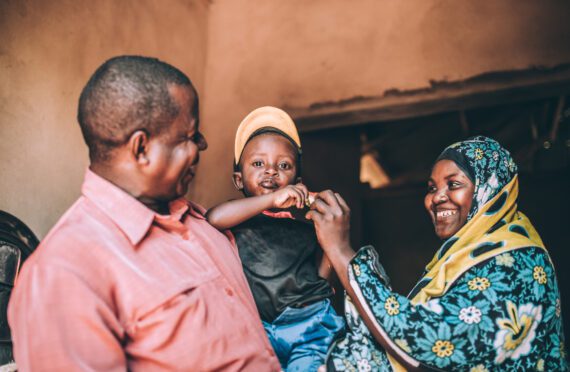Improving maternal and child nutrition is the most cost-effective investment in international human and economic development.
Improving nutrition not only alleviates human suffering, but also improves the conditions that create poverty in the first place. For every $1 invested in nutrition, there is a return of $16 in improved productivity and decreased healthcare costs.
Nutritional needs around the world are still immense. 155 million children under 5 — about one in every four — suffer from chronic malnutrition, or stunting. At any given time, approximately 52 million children are acutely malnourished — a condition that leads to death if not promptly treated. At this writing, in the summer of 2017, 1.4 million children are at immediate risk of death from starvation and malnutrition in four countries at imminent risk of famine.
The International Development Association (IDA) is the World Bank’s fund for the poorest countries, those whose per capita gross national income is less than USD $1,215. In 2017, there are 77 eligible nations. IDA plays a key role in boosting nutrition for women and children in these vulnerable countries. By pooling Official Development Assistance contributions from individual donors, IDA provides significant and stable funding for basic services such as health and nutrition. Every $1 contribution from the United States leverages or attracts nearly $13 from other donors and the World Bank. IDA focuses on nutrition in both emergencies and long-term development contexts.
IDA will reach 400 million women and children with health and nutrition services over the next three years



